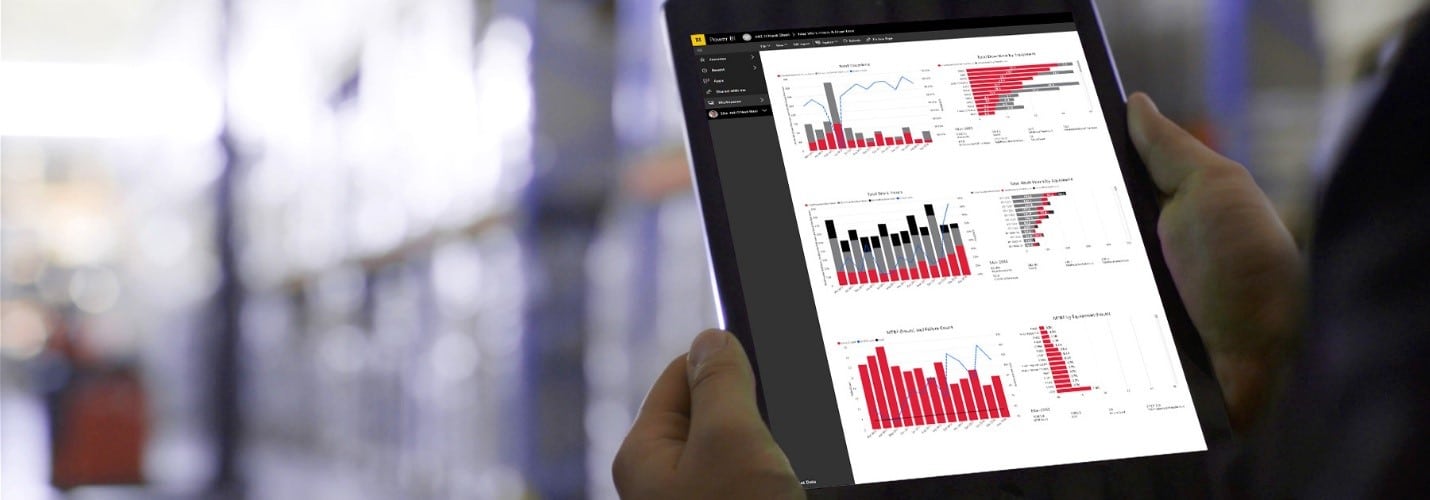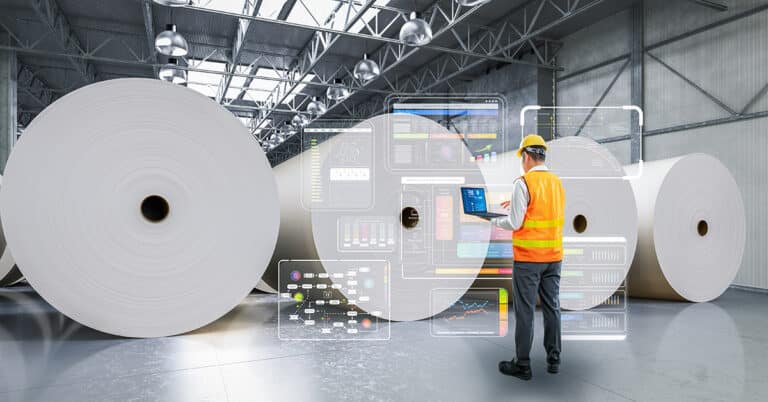As manufacturers continue to search for productivity improvements and profit margin advantages, predictive maintenance approaches are increasingly implemented due to the vast benefits that they offer. Predictive maintenance plans can yield:
- A significant reduction in unplanned downtime
- Longer mean time between maintenance events
- More efficient, targeted maintenance
- More effective inventory management
- Lower maintenance and production costs
- Improved productivity and quality
A CMMS implementation is a key component of achieving all these benefits. A CMMS (computerized maintenance management system) should be considered a core predictive maintenance software component and should be part of any predictive maintenance implementation plan. A CMMS is a digital, centralized repository for all data and metrics related to your maintenance plan, with features including:
- Tracking of maintenance events, including all relevant data
- Preventive maintenance scheduling
- Inventory management data
- Equipment performance data
In the rest of this article, we will explore CMMS implementation steps and CMMS predictive maintenance functions in greater detail.
The role of CMMS in predictive maintenance
A CMMS performs several vital functions and tasks as part of predictive maintenance. These tasks — and their purpose — include:
- Scheduling preventive maintenance: Preventive maintenance goes hand in hand with predictive maintenance and is an important way to keep equipment in optimal shape. Preventive maintenance can also serve as a data collection touchpoint, which helps to facilitate more effective predictive maintenance. By scheduling and assigning preventive maintenance tasks through a CMMS, you can better ensure these functions are not overlooked.
- Recording maintenance data: When maintenance — planned or unplanned — occurs, it is a valuable opportunity to collect and review data about the conditions surrounding the maintenance. This information can be recorded in the CMMS, providing a data signpost of sorts as to the conditions that might relate to maintenance events.
- Recording performance data: Industrial sensors are a critical component of predictive maintenance and can gather massive amounts of data that enable the benefits of this approach. Data is only as good as its storage and analysis, however, so it is important to be sure that sensors and the CMMS can “talk” to each other so that data is fed through this central collection point.
- Facilitating data analysis: With data collected in the step above, it can then be further manipulated and analyzed to really get into the useful metrics and signifiers that enable predictive maintenance to take place.
- Managing and overseeing inventory: Aside from direct involvement in maintenance, the CMMS can also be used as an inventory management system, enabling greater accuracy in planning, ordering and spare part availability — all of which benefit the bottom line and facilitate faster more effective maintenance.
Tips for a successful CMMS implementation plan
The following tips can help with a successful CMMS implementation in a manufacturing facility:
- Understand — and communicate — the benefits: Do not fall into the trap of implementing a CMMS — and predictive maintenance — just because you think you should. Take the time to fully understand the benefits of the approach and develop a specific strategy for your facility. This deeper understanding will enable you to communicate the benefits of the CMMS more easily throughout the organization, and a comprehensive strategy will help with benchmarking and ROI tracking.
- Develop comprehensive standard operating procedures (SOPs): The CMMS, and the systems that feed into and out of it, should have SOPs readily available for anyone who wants or needs to review them. This should go beyond the standard out-of-the-box documentation furnished with the software and should be tailored to your operation and goals.
- Guarantee that cross-training occurs: By introducing the CMMS throughout the organization, and assuring that all personnel, from staff to management, are familiar with it, you can achieve a more thorough buy-in to the technology investment. This is all while gaining the benefit of a more effective workforce since use of the CMMS will not be limited to only specialized personnel.
- Take a long-term view of technology investments: The CMMS, and related technology such as industrial sensors, should be part of a long-term investment strategy. To this end, while you may see some immediate results, they will likely only improve and build over time — at which point you will begin to see a positive ROI.
- Understand your technology options: Technology such as the industrial sensors that feed data to the CMMS does not need to be a majorly costly capital investment. While newer equipment is likely to include onboard sensors, you can retrofit sensors to existing equipment at a fraction of the cost of equipment replacement, enabling you to begin implementing CMMS and predictive maintenance in a cost-effective manner.
ATS uses interactive technologies such as CMMS to increase your equipment’s reliability, generate production efficiencies and improve productivity. With our Reliability 360® services and industrial sensor-based maintenance plans, we are ready to discuss your maintenance objectives and goals, and how we can help you achieve them while improving your overall bottom line. To learn more, contact ATS today.






